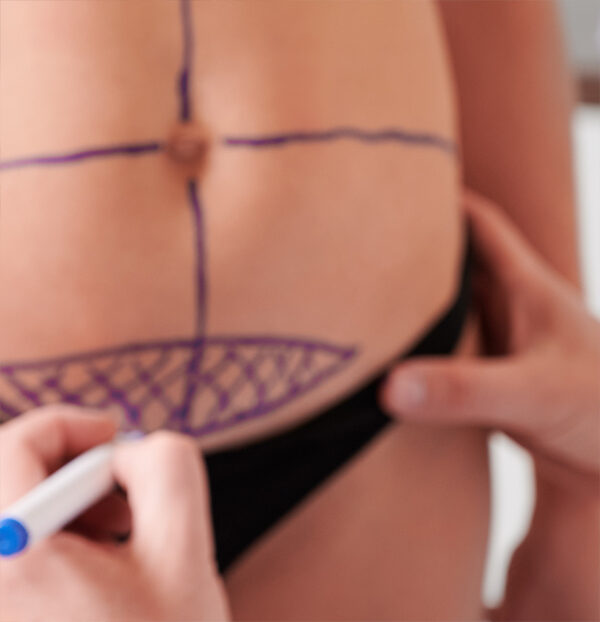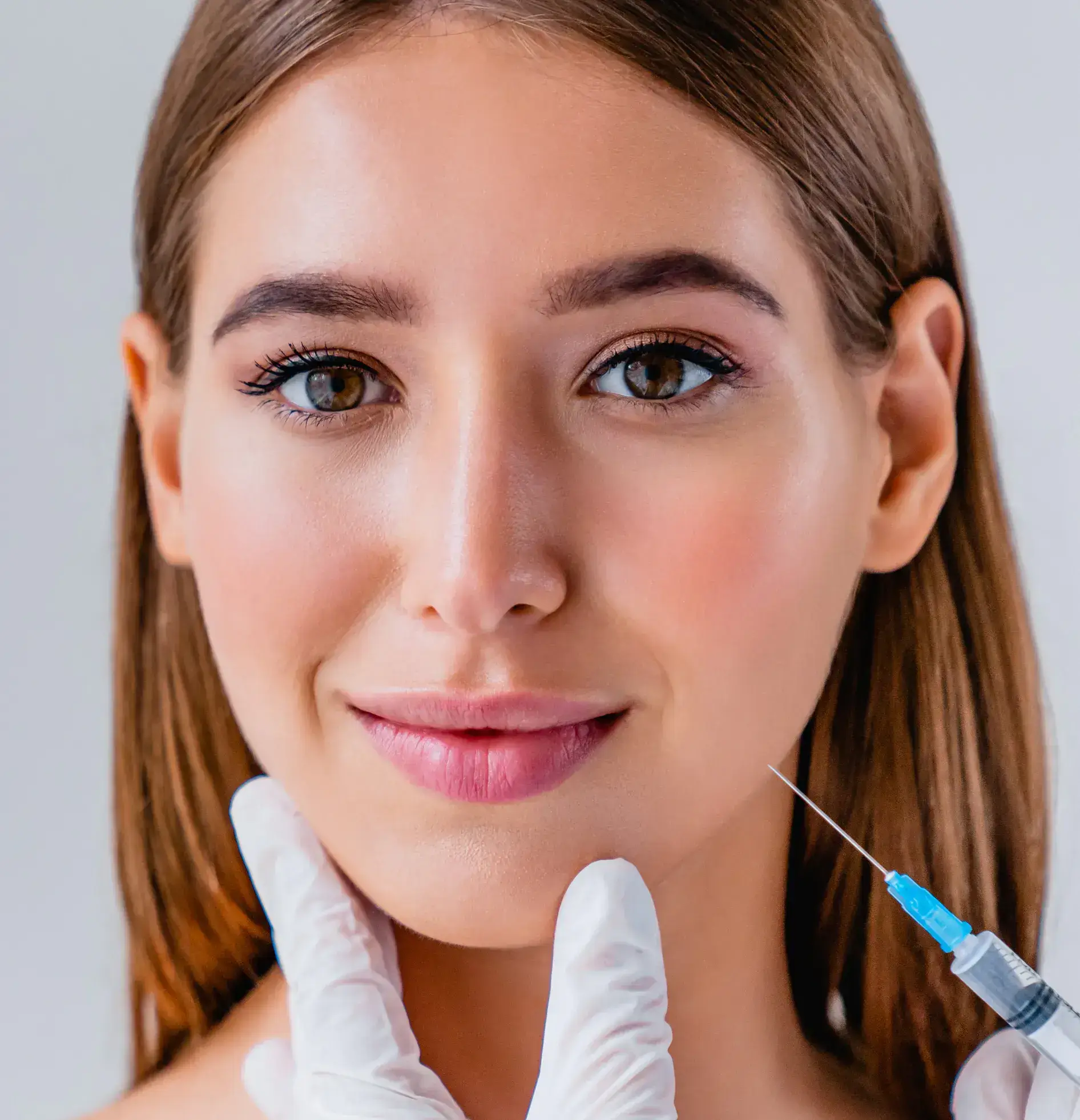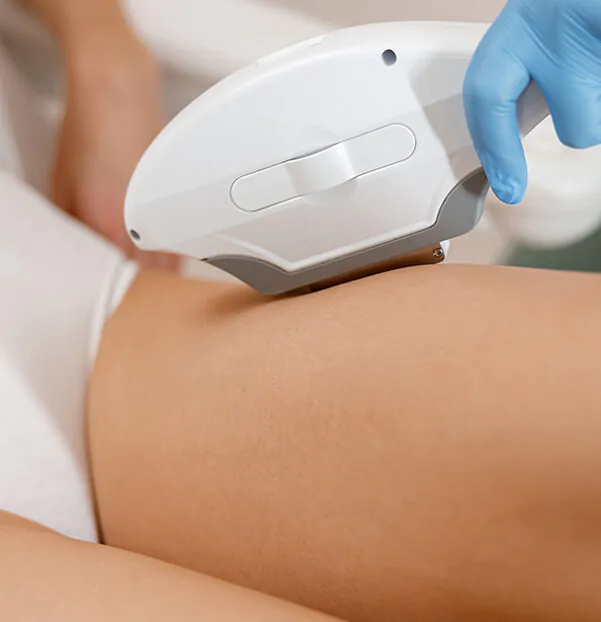
Dr. Juan on Laser Liposuction vs. Vaser Liposuction – A Tell-All Blog for the Body-Conscious!

Laser vs. Vaser Liposuction: Key Differences and Benefits
Meet Dr. Juan Krogulec, a distinguished and highly-respected specialist in the field of plastic surgery and aesthetics. In his latest blog post, Dr. Juan sheds light on the popular cosmetic procedure, liposuction, demystifying misconceptions and providing valuable insights. As a leading expert, he discusses various techniques, emphasizing the importance of choosing the right approach for each patient. From Laser Lipolysis to Vaser and the revolutionary J PLASMA technology, Dr. Juan navigates the nuances of these treatments, ensuring optimal results with minimal invasiveness. With a wealth of experience and access to cutting-edge technologies, Dr. Juan stands at the forefront of personalized and advanced aesthetic solutions, offering a detailed glimpse into the world of transformative and safe cosmetic procedures.
Liposuction is one of the most popular cosmetic surgeries in the world and the first in the ranking of the cosmetic surgeries performed in the UAE.
There is a lack of information about the different techniques, their limitations and possible results.
For example, many people think that liposuction is a way to lose weight, when the main indication is reshaping.
The procedure is indicated for those people with localized adiposity in different parts of the body and consists of the suction of those fat compartments.
It is ideal for those people with fat deposits that never disappear with diet or exercise.
There are different techniques to get rid of that fat, from only using syringes, water assisted liposuction, to the most advanced laser devices.
But, are all the techniques or devices the same? Do they all give the same results? The answer is NO.
When the patient is planning to get a liposuction, it is necessary to also think about the skin to avoid unnecessary saggy areas after the treatment.
Today, the most advanced treatments to avoid a saggy situation and this unwanted effect are the LASER LIPOLYSIS and VASER – and the combination of those treatments with the J PLASMA technology when we need an extra tightening option.
Laser Lipolysis is the least invasive surgical treatment method for fat reduction. Laser energy is used to break the adipocytes. When the fat is “melted” it can either be absorbed by the body or removed by the physician.
The Nd:YAG laser is administrated through a very fine optical fiber in a cannula which is inserted through a 2mm incision into the to-be-treated area.
While melting the fatty tissue, the laser also tightens the surrounding skin, preventing it from sagging after the fatty deposits have been removed. The controlled heating effect of the laser provokes new collagen and elastin formation within the skin. Shrinking is more noticeable and the skin is much smoother than after classical liposuction.
Vaser is Ultrasound technology and it is very similar to the laser, however, the fat is broken in small pieces. It is possible to re-inject the fat in different parts of the body when we want to increase the volume (Lipo-filling) for example, buttocks.
Well, both devices are amazing, but we need to choose the right one depending on the patient’s case. For example, if we have to treat small areas, like arms, double chin or legs, the best device could be the laser. If it is less invasive, we do it under local anesthesia and the recovery is super-fast. Also, the skin retraction is very good.
In the case we need to treat larger areas, like a 360 liposuction, I recommend the Vaser. We can remove larger quantities of fat in less time, and we have the chance to proceed with the lipofilling at the same time.
All the devices are fantastic, but each of them will give a specific performance for a specific situation.
Here, in Silkor, we have all the technologies available, and we are able to choose the best option for your case.
The advantages these services offer are:
- They are less invasive than other liposuction devices
- They can be performed under local anesthesia (no larger areas)
- They require less external force, no mechanical trauma
- They minimize bleeding and swelling
- They have less down time (quicker recovery)
- They offer optimal skin tightening.
Depends on how much fat we have to remove. The average surgical time is between 1 to 2 hours.
Only one! But, in cases of larger areas, sometimes it is better to split the surgery into 2 stages.
No, if the patient follows a diet and exercise regimen, the results can stay there for years.
Dr. Juan Krogulec
Plastic Surgery Specialist











